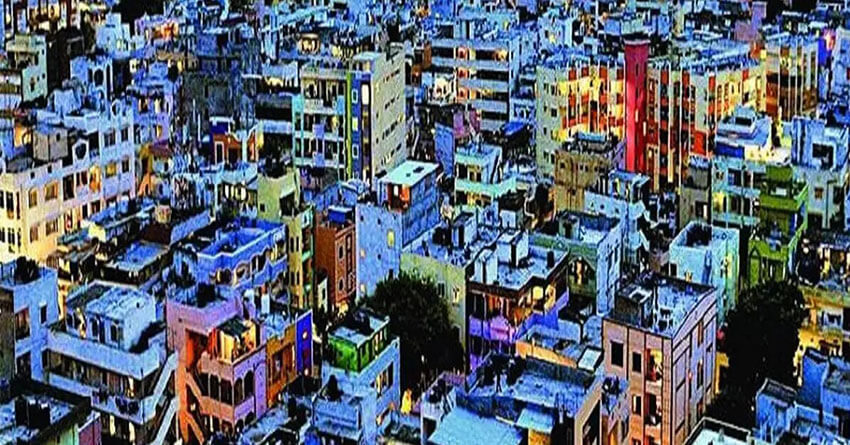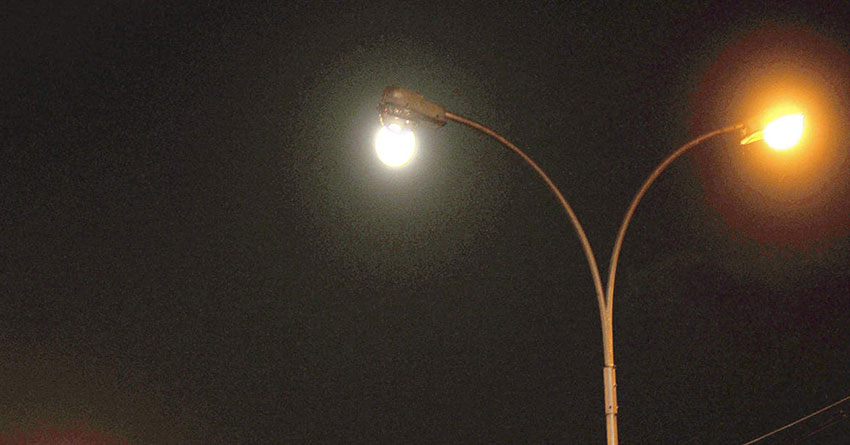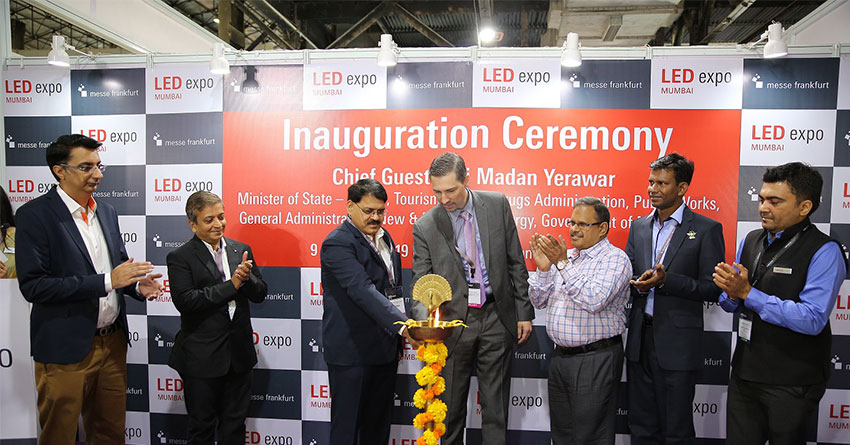HYDERABAD: Flashy lights and high intensity outdoor lights, including LEDs, have earned Hyderabad the dubious distinction of being the brightest city in the country, according to a research paper published in the peer-reviewed ‘International Journal of Advanced Research’. Result: Sleep disorders and other health risks such as obesity, depression and diabetes in humans. It affects nocturnal animals too.
The research paper, authored by Prof Siba Prasad Mishra of civil engineering department, Centurion University of Technology and Management, Bhubaneswar, states Hyderabad has highest “light pollution in India” with artificial brightness of 7,790 µcd/m2 (unit of luminous intensity per square metre) followed by Kolkata at 7,480 µcd/m2 and New Delhi at 7,270 µcd/m2. Bhubneshwar recorded lowest at 2910 µcd/m2.
The researcher studied satellite maps of eight cities to measure brightness of the night sky between 2014 and 2017. Radiance of these cities revealed that light pollution in Hyderabad, New Delhi, Chennai, Mumbai and Ahmedabad had increased by 102.23% during 2014-2017.
“Excess artificial light or light pollution is one from the specific destructive disorder like over-illumination, glare, light clutter, sky glow and light trespass that harms the living kingdom,” the researcher said, adding the ratio of natural radiance to artificial one has increased substantially in Hyderabad.
While light pollution does not raise alarm that air or water pollution does, the paper warned that Hyderabad has lost its night sky, posing health risk for denizens. Excessive lighting in outdoor areas could cause a lot of glare and impact visibility of drivers and pedestrians. “Although LEDs are being promoted as an environment-friendly option, they are harmful for humans. Long-term and excessive usage of LED lights can result in disturbance in vision and people may find difficulty in appreciating colours,” said Dr Jyotsna Myneni, ophthalmologist at KIMS Hospital.
Light pollution also affects birds and nocturnal animals as it disturbs their migration route and time table, nest building schedule and sense of direction. “Frogs stopped singing before mating,” the researcher said.
“Light pollution causes physiological stress on bats among other nocturnal animals. Due to street lights and ambient light coming out of industries and residential areas, nocturnal animals are not travelling too far due to light shyness,” said Srinivasulu Chelmala, professor of zoology, Osmania University, and a wildlife biologist.
To curb light pollution, reseacher Siba Prasad Mishra said, “It is high time to monitor the radiance, artificial pollution and appropriate steps to ameliorate the LP by framing legislation.”
Source: TOI





